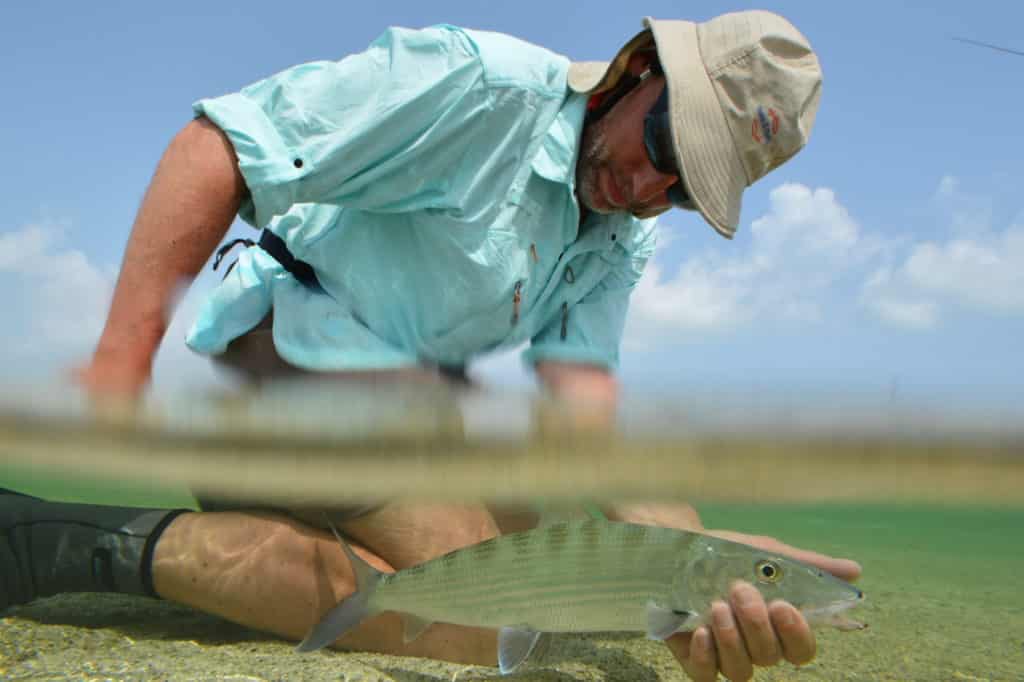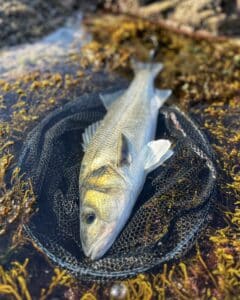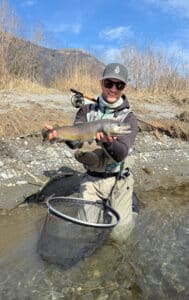More and more fishermen are advocating sustainable fishing. But do you really have the right reflexes at the water's edge? Here are 11 rules to help you on your way to sustainable sport fishing with Field and Fish.
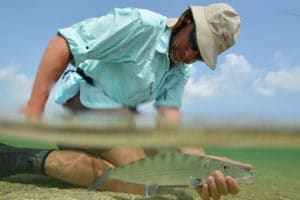
1- Crush your barbs for sustainable, sporty fishing
The barb is the part of the hook that most damages the fish when it is pricked. In fact, it is the barb that tears the fish's skin when the hook is removed, often causing wounds that will later harbour all sorts of diseases... The point of the hook is more than sufficient if the angler keeps the tension with the fish. So be sure tobuy barbless hooks or crush them systematically.
2- Use simple hooks
This rule is just as important as the previous one for sustainable, sport fishing with Field&Fish. When the fish is hooked, it struggles, and hooks that are not hooked wander around and damage the fish, especially on its face... So make a habit of using single hooks or changing your trebles for singles. This will avoid disfiguring your catch...
3- Use a landing net with a rubber net
For sustainable yet sporty fishing, use a landing net with a rubber net to protect the fish's mucus. Mucus is the protective, slimy substance that covers the body of fish. This slimy substance acts as a protective barrier against parasites, bacteria and certain heavy metals (water pollution). It is therefore essential not to remove it...
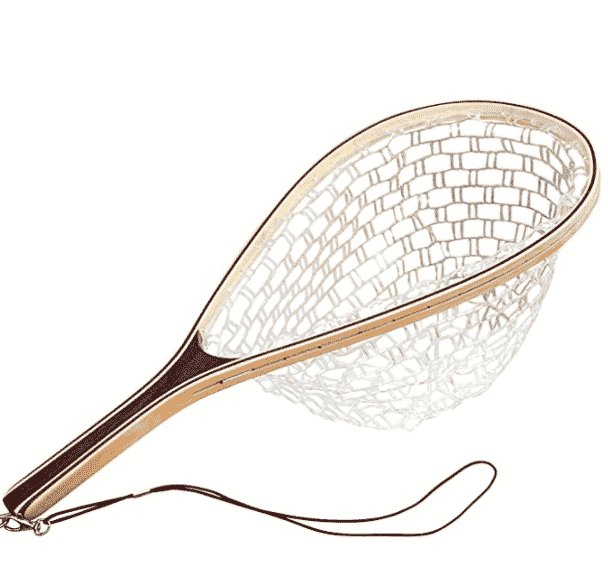
4- Wet your hands before catching fish
Also to protect the fish's mucus. Otherwise, you'll notice that your hands are "slimy", which means that you've stolen the armour from your valiant catch, which is then at risk of catching all sorts of diseases...
5- The fight must be neither too short nor too long for sport fishing.
A fish that is too "green" because it has been forced out is difficult to handle under the right conditions, and you run the risk of injuring the fish when it tries to fight back. Conversely, a fight that lasts too long compromises the fish's chances of survival when released. Especially if the fish is not properly released.
6- Return the fish to the water correctly
To do this, hold the fish vertically, stirring it slowly back and forth to oxygenate it. In general, and when done correctly, the fish will leave on its own as soon as it's ready. If it doesn't go on its own, it's still too exhausted. Give it a little more time...
7- Recover your thread.
In addition to the organic pollution that nylon causes, the strands you deliberately leave in the wild become death traps for all the wildlife that lives there, which goes against the sustainable sport fishing that Field and Fish has been advocating for years. Whenever possible, reclaim your line. A Monomaster line reclaimer can help.
8- Avoid fishing too fine (depending on the species).
The risk of breakage will be greater and you risk leaving your steel in the fish's mouth...
9- Avoid carrying fish by the line.
The risk isn't to the jaw - although the jaw shouldn't be in the best position at the time - but to the fish's vertebrae and blood vessels. A fish is in no way designed to support its weight suspended out of the water.
10- Leave the fish in the water as much as possible.
If you want to take a photo, please do so as quickly as possible and handle the fish correctly. Each species of fish has its own optimal position, and we invite you to consult an article that will help you understand how to handle a fish properly.
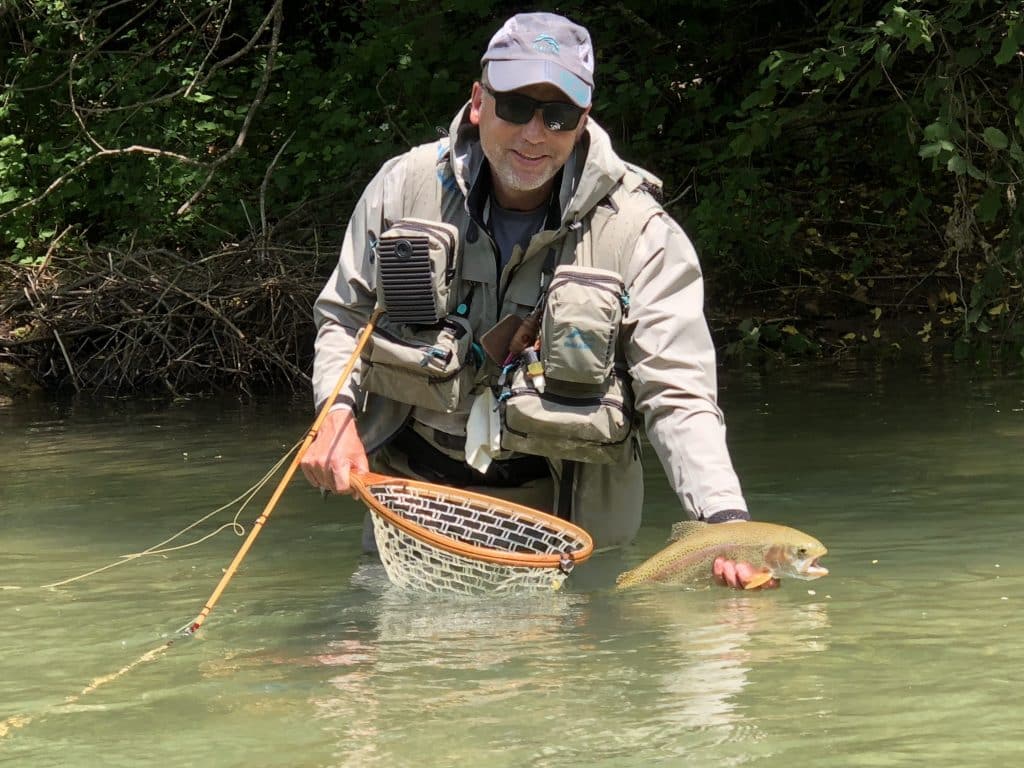
11- Unleash your dreams by adopting sustainable sport fishing.
If you have other rules to complete this article, share them in the comments!
The field&fish team for sustainable sport fishing

